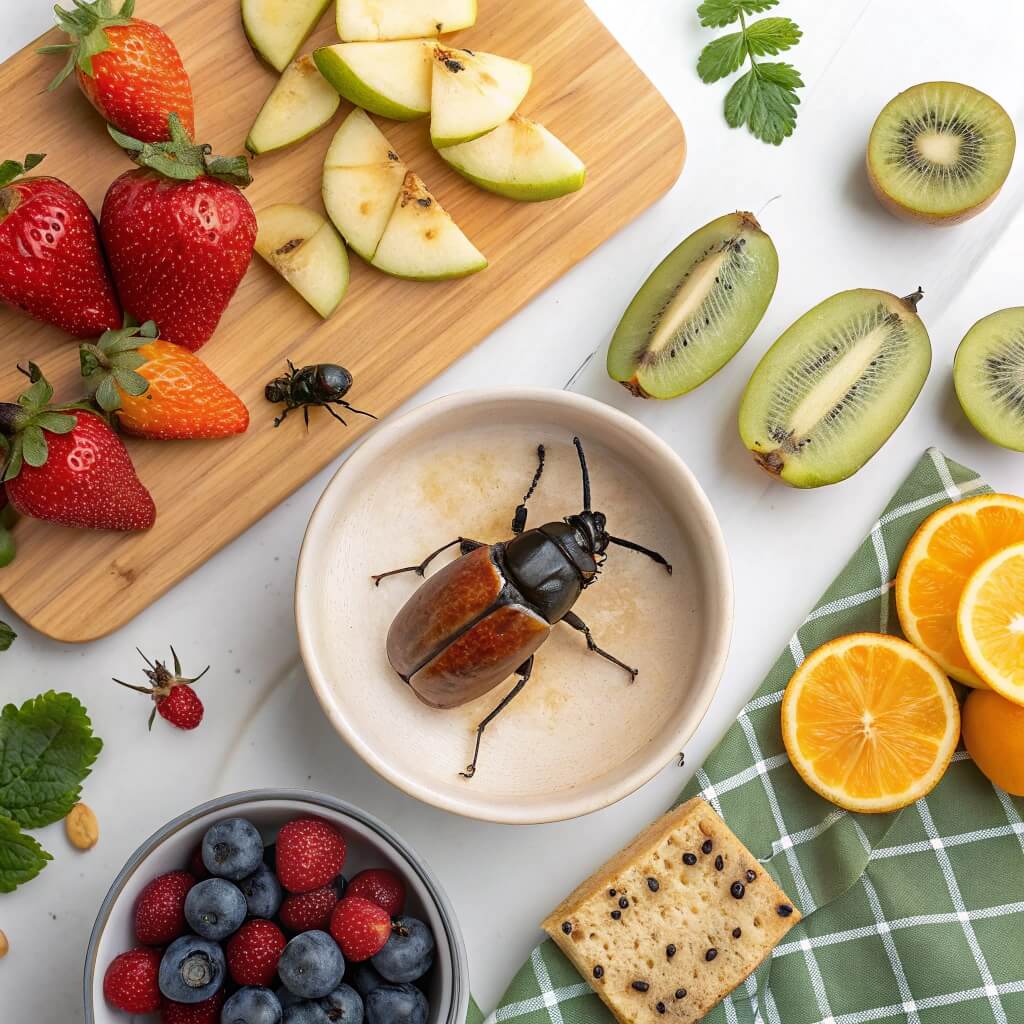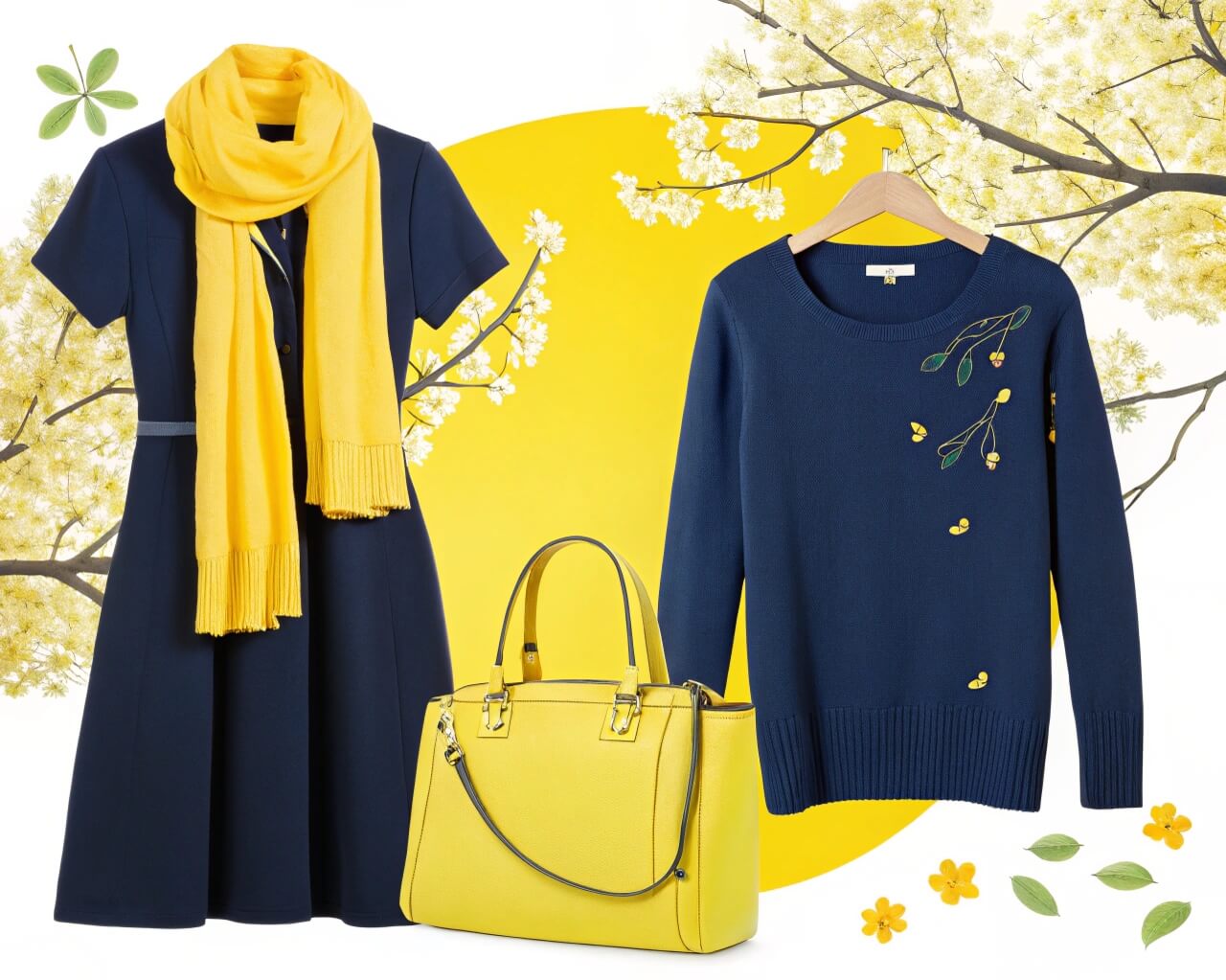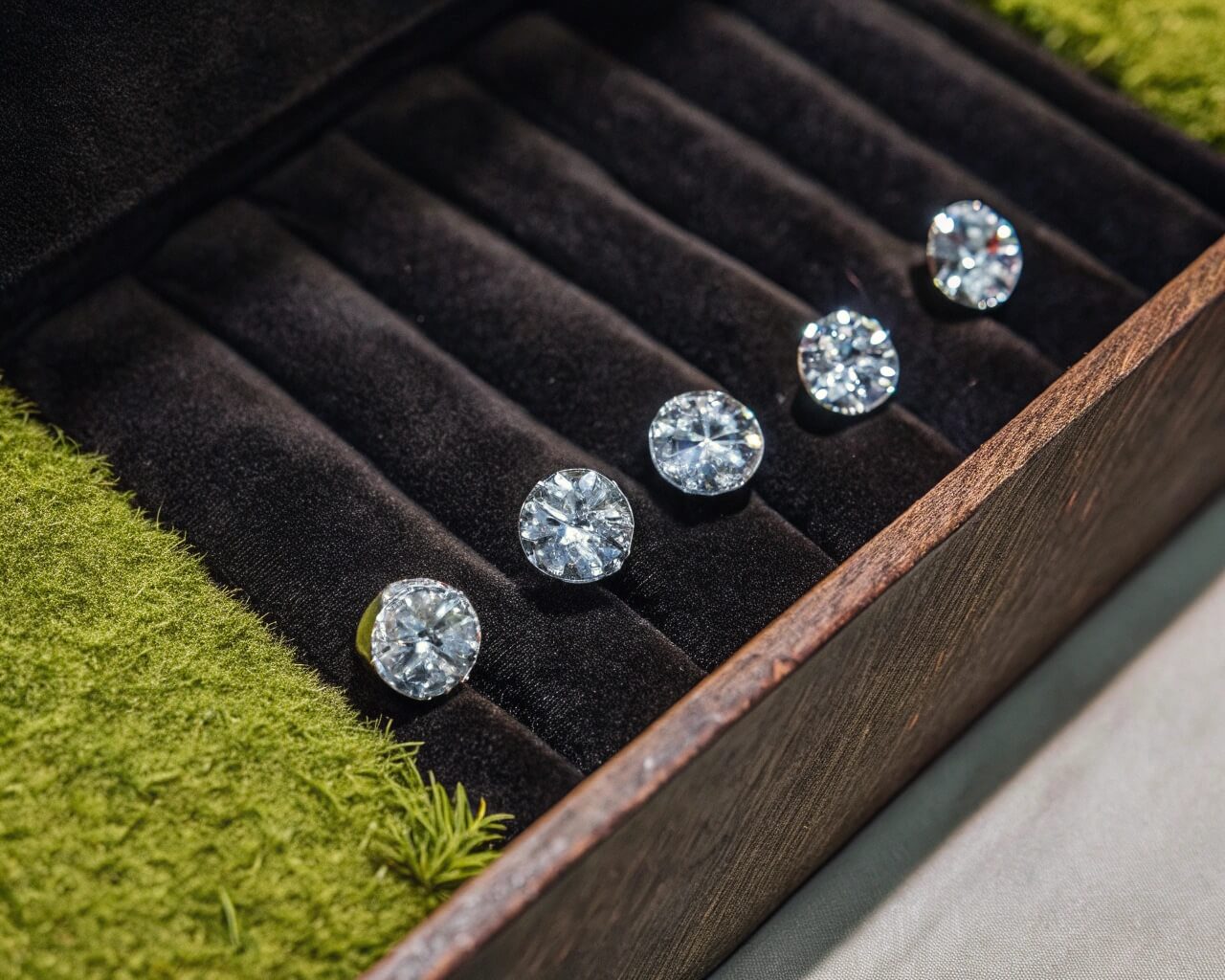Have you ever wondered what happens when bug scientists get hungry while naming bugs? You get bugs that sound more like a menu than a guide to the field. These silly titles have captivated me ever since I found a “bacon beetle” in my investigation.
These silly names for bugs show that scientists have a good sense of humor. Some of these animals look like the food they are named after, while others… well, let’s say the researchers must have been particularly hungry that day.
How Bug Names Work in Real Life
Most people are unaware of how easy it is to identify bugs these days. In the past, everything had to seem extremely official and Latin. But scientists today? They’re breaching all the rules.
When Dr. Sarah Martinez found a new beetle species last year, she informed me she was eating a sandwich at the time. The beetle’s shell design reminded her of the mustard drizzle on her meal. Did she name it after an old Greek word? Nope. She went with something considerably more memorable.
The official naming procedure still requires two elements: genus and species. But nothing says such sections can’t be pleasant. That’s how we wind up with our delicious-sounding insect companions.
My Favorite Food-Named Bugs
I’ve spent much too much time developing this insect’s amusing food names list. Trust me, there are more of them than you’d anticipate.
1- Bacon Beetle – Nature’s Breakfast (Cardiophorus)
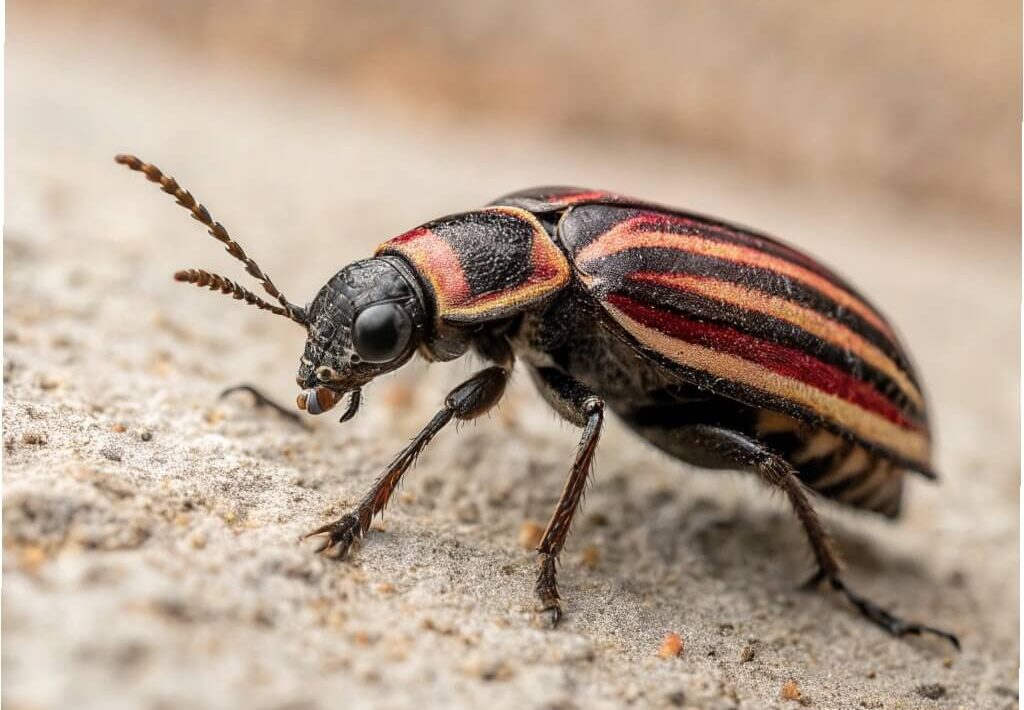
Walking through a Michigan woodland this summer, I discovered my first bacon insect clinging to oak bark. Honestly? The likeness is remarkable. This tiny fellow boasts the same reddish-brown stripes you find on crispy bacon.
These bugs stay out beneath the tree bark over much of North America. They’re small – maybe half an inch – but their marbled patterns make them difficult to ignore. Please don’t get any notions about eating them, however. They taste nothing like morning meat.
2- Pizza Beetle – Pepperoni Patterns (Gyrophaena)
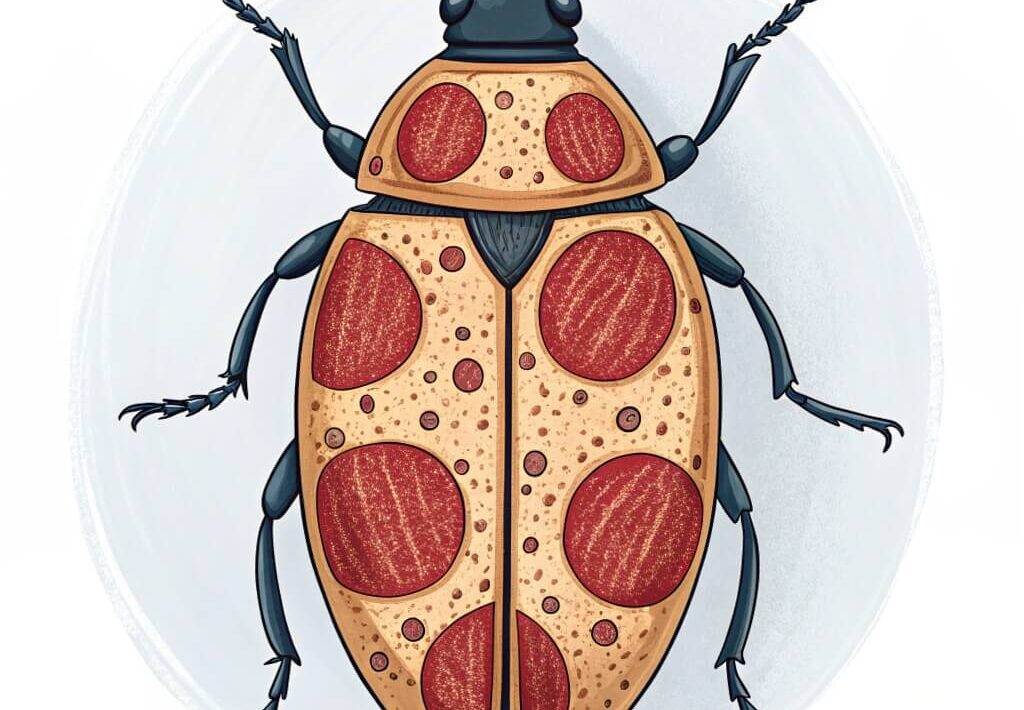
You need a magnifying lens to truly admire pizza insects. At barely 2 millimeters long, they’re just specks. But those black circular markings on their backs? Dead ringers for pepperoni slices.
I noticed a colony thriving in some rotten mushrooms behind my shed. They’re performing a crucial job, breaking down dead organic things—Nature’s little janitors with a superb sense of food aesthetics.
3- Chocolate Chip Cookie Moth – Sweet Wings (Pyralis farinalis)
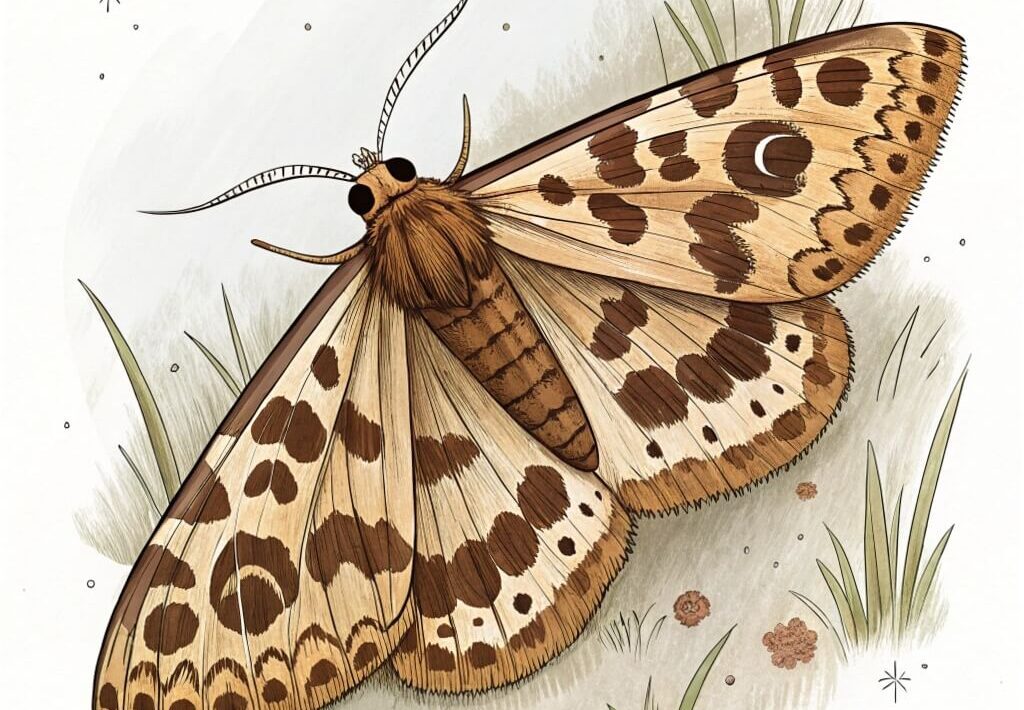
This one’s personal. I spotted chocolate chip cookie moths in my cupboard last spring, eating through my baking ingredients. The irony wasn’t lost on me – a moth that resembled chocolate chip cookies was physically consuming my baking ingredients.
Their wings have these lovely black specks scattered throughout, like someone has sprinkled chocolate chips on beige bread. Beautiful, but undesired in my kitchen.
4- Butterscotch Bumble Bee – Golden Fluff (Bombus fervidus)
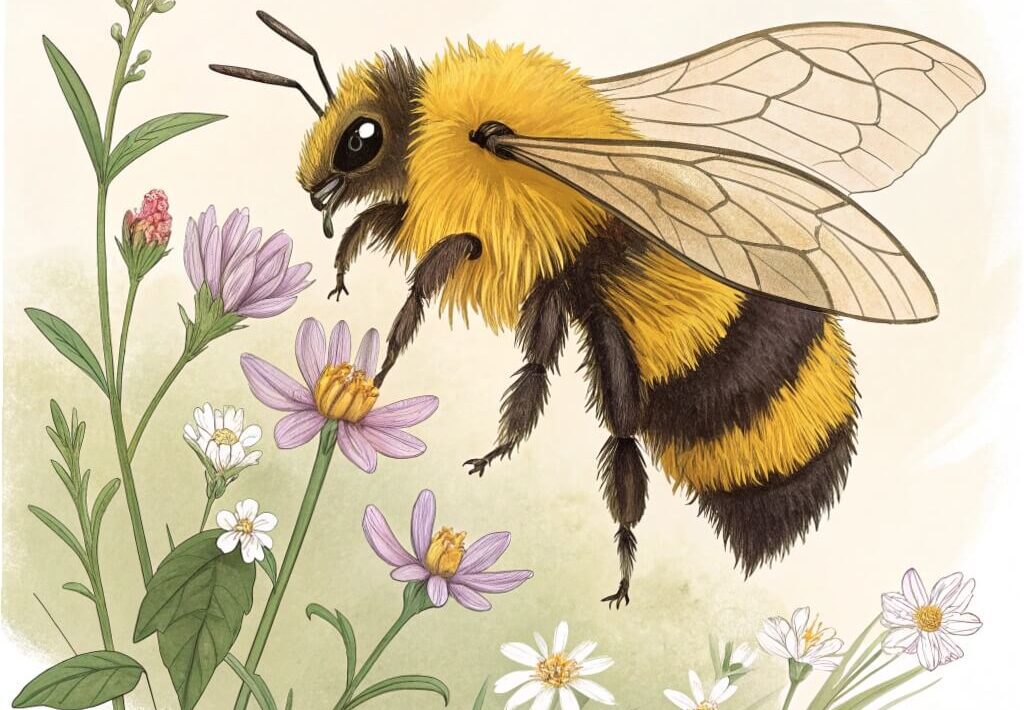
Most bumble bees are black with yellow stripes. Butterscotch bumble bees responded “nah” to that fad. They’re coated in golden-yellow fur that catches sunlight like actual butterscotch candy.
I observed one working my sunflowers for twenty minutes last week. These bees are exceedingly delicate, considerably calmer than their striped counterparts. Their pleasant beauty complements their gentle nature wonderfully.
5- Cinnamon Bug – Spice Colored Trouble (Nysius raphanus)
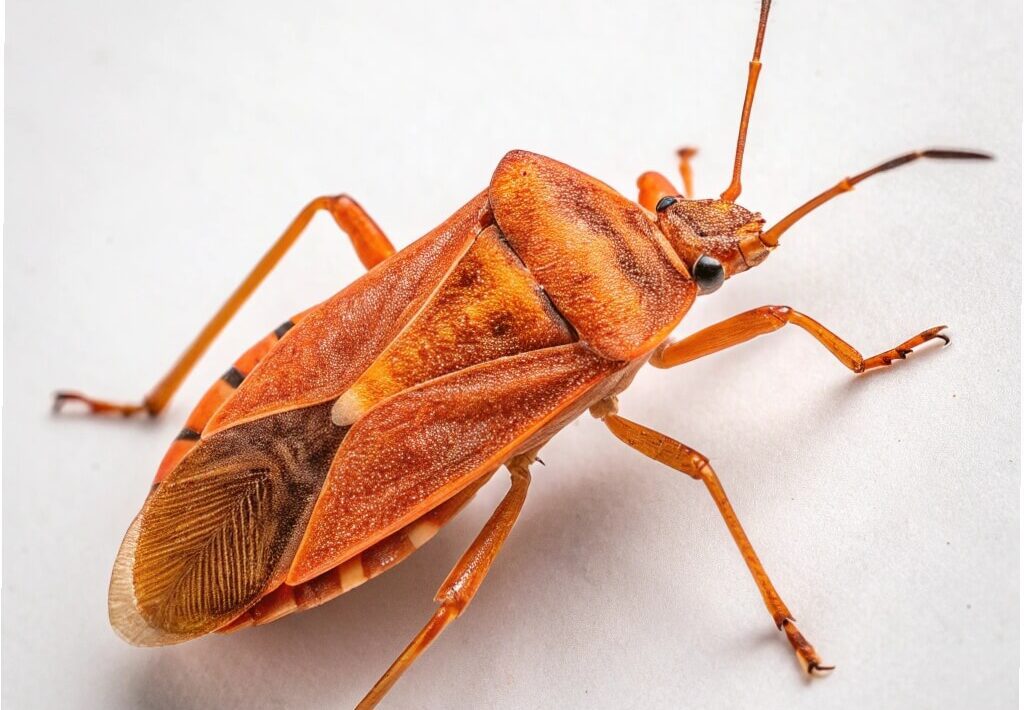
Don’t let the appealing name deceive you. Cinnamon bugs are agricultural horrors. These small brown pests invade agrarian fields, and their warm cinnamon coloration is about the only positive thing about them.
A farmer friend of mine lost half his vegetable harvest to cinnamon bugs three years ago. They’re small – maybe 4 millimeters – yet they move in large bunches. Imagine hundreds of moving cinnamon dots consuming everything green.
6- Vanilla Sphinx Moth – Creamy Night Flyer (Sphinx vanillae)
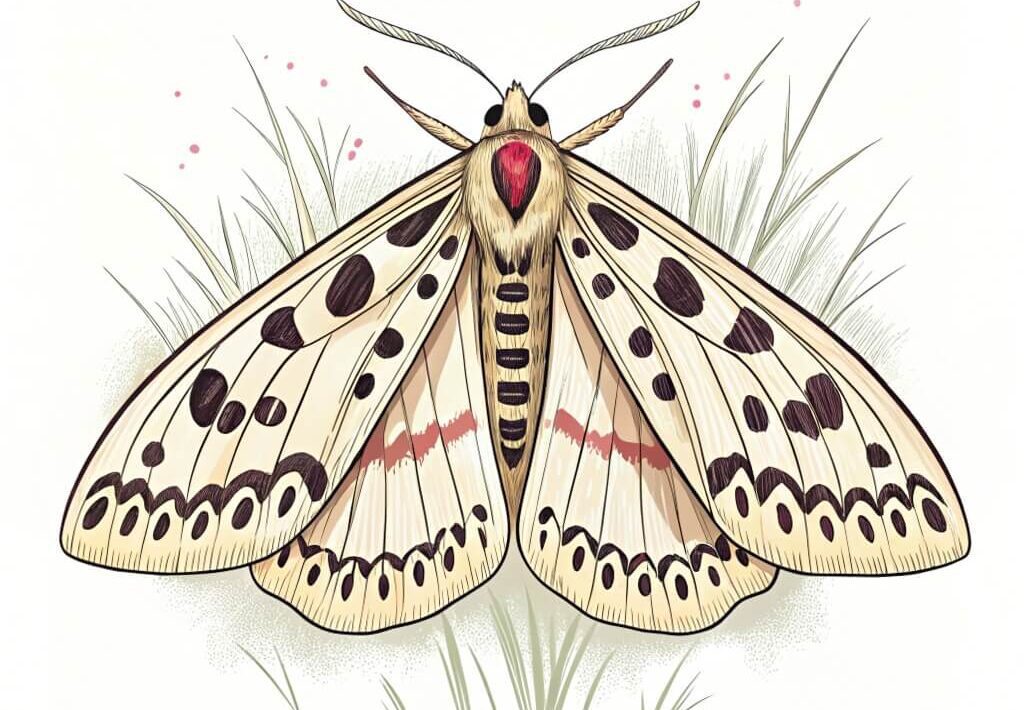
These moths are incredibly lovely. Four-inch wingspan, cream-colored wings with brown swirls that look just like vanilla bean ice cream. They hover above flowers at dusk like gigantic hummingbirds.
I spotted my first vanilla sphinx moth in Costa Rica, and it almost stopped my heart. Something so exquisite shouldn’t be able to glide so smoothly. They utilize very long tongues to reach deep flower nectar – nature’s equivalent of a crazy straw.
7- Pickle Worm – Garden Menace (Diaphania nitidalis)
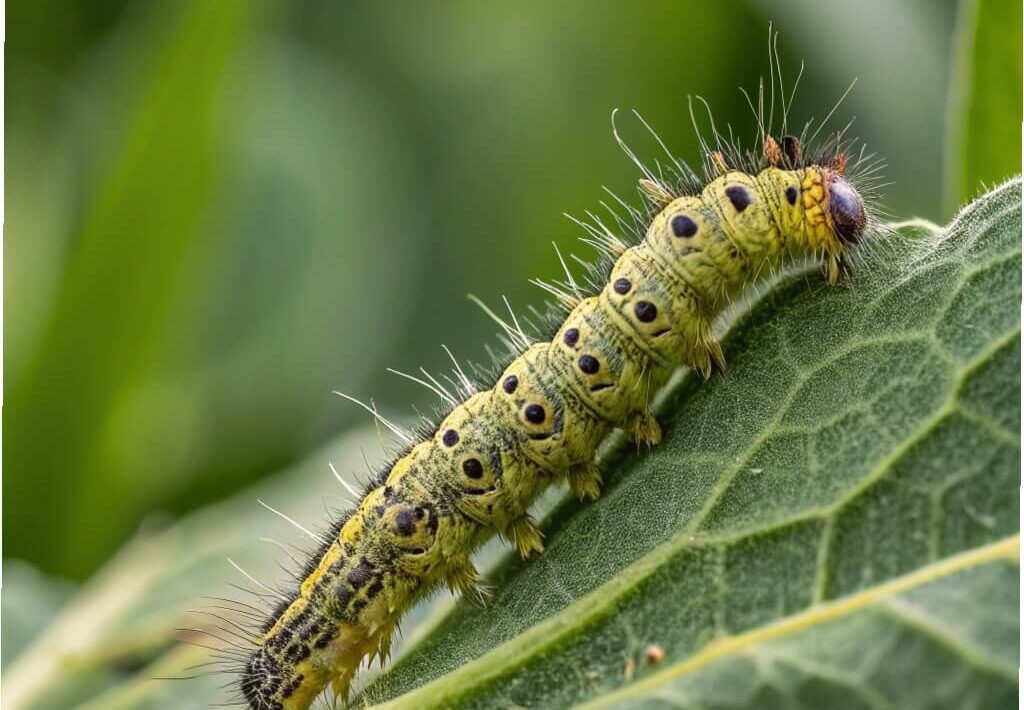
Pickle worms aren’t truly worms. They’re caterpillars with highly specialized nutritional habits. These green creatures dig directly into cucumbers, literally devouring pickles from the inside out.
My neighbor’s cucumber crop was decimated by pickleworms last season. She’d uncover perfect-looking cucumbers with unexplained holes, only to realize the whole interior had been hollowed out. Devastating for veggies, but you’ve got to respect their devotion to the pickle lifestyle.
8- Candy Cane Beetle – Striped Wanderer (Leptinotarsa juncta)
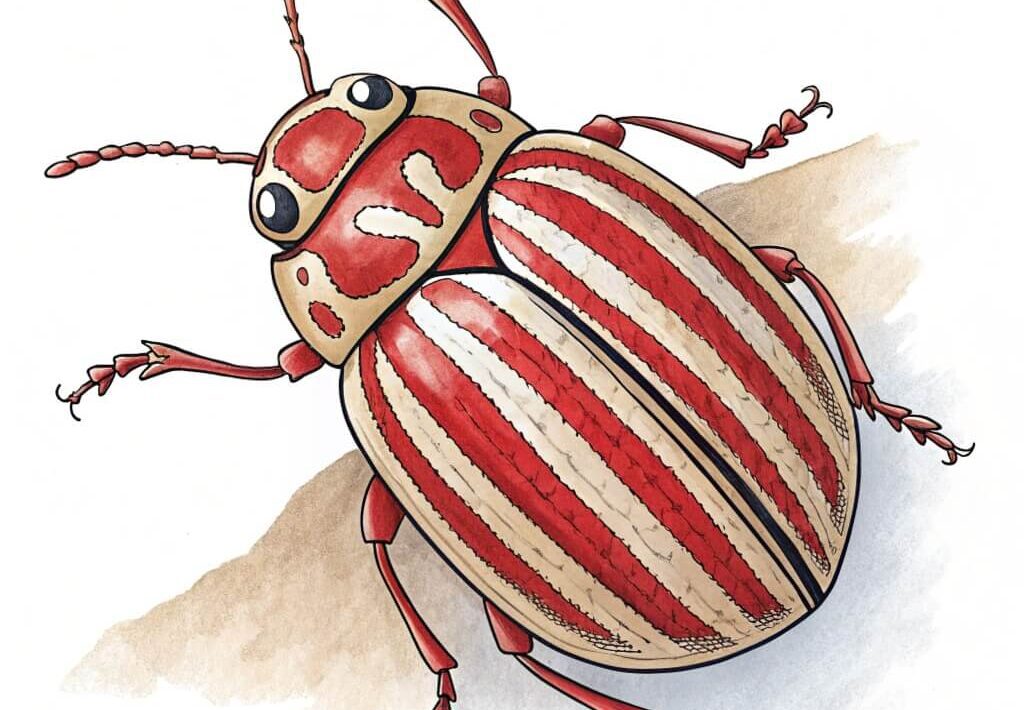
Red and white stripes, precisely aligned like candy canes. These bugs are walking Christmas decorations. Found these crawling among desert plants in Arizona – their vivid colors serve as a warning that they are toxic and have a nasty taste.
Innovative evolutionary approach. Look significant enough that people remember you, yet taste awful enough that no one wants to eat you repeatedly.
9- Popcorn Beetle – Fluffy Wanderer (Cylindrocopturus adspersus)
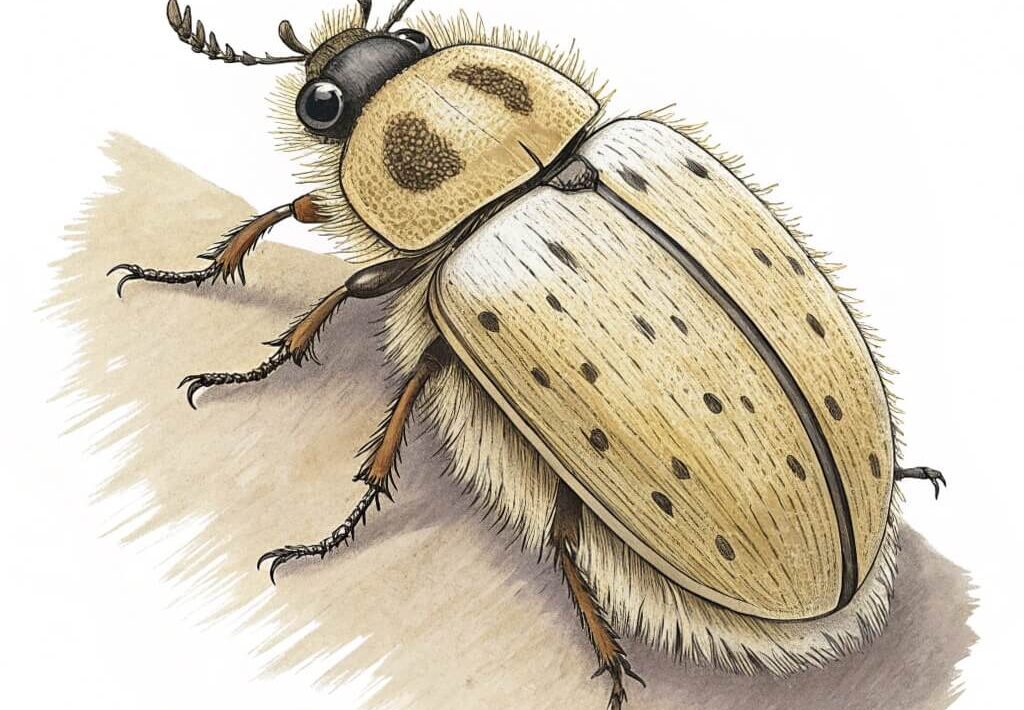
Picture small bits of popped corn with legs. That’s essentially what popcorn beetles look like. Their white, fluffy body covering offers an appealing similarity to movie theater treats.
They’re harmless weevils that walk around and munch on plants. I spent an embarrassing amount of time watching them creep around my garden last autumn—something incredibly mesmerizing about watching them walk.
10- Marshmallow Root Borer – Sweet Destroyer (Papaipema silphii)
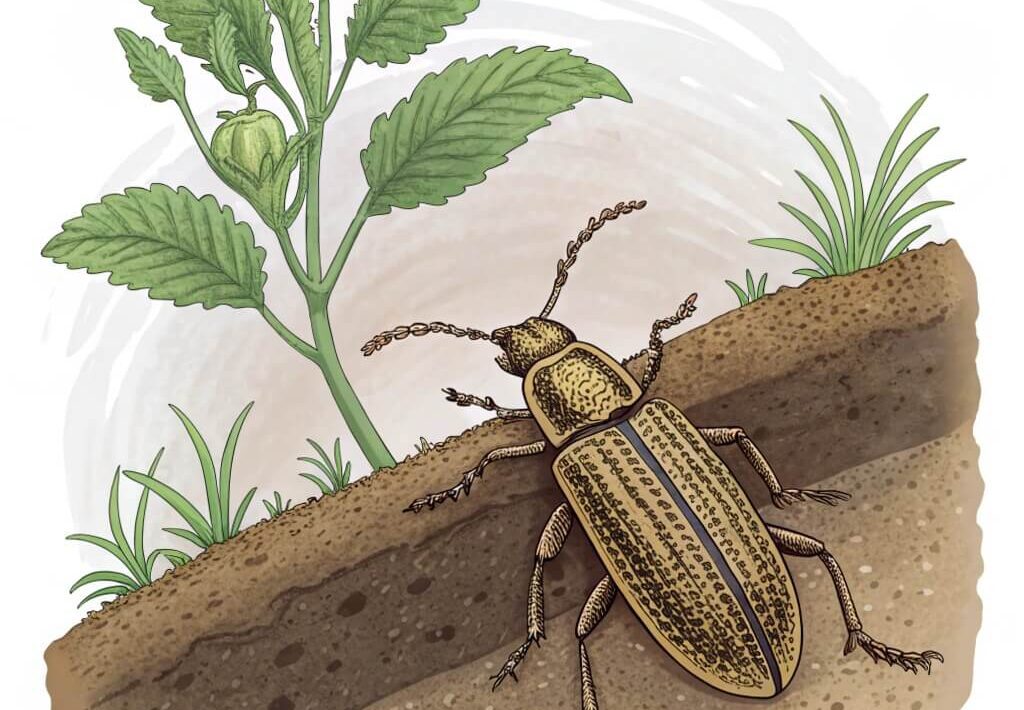
The mature moths seem very average. Brown, uninteresting, forgettable. But their caterpillars? They dig through marshmallow plant stems like little construction workers with a tremendous sweet taste.
These borers specialize in marshmallow and allied plants. They’re selective eaters, which is both intriguing and devastating if you’re trying to cultivate marshmallow plants.
11- Gingerbread Beetle – Cookie Crawler (Diaperis maculata)
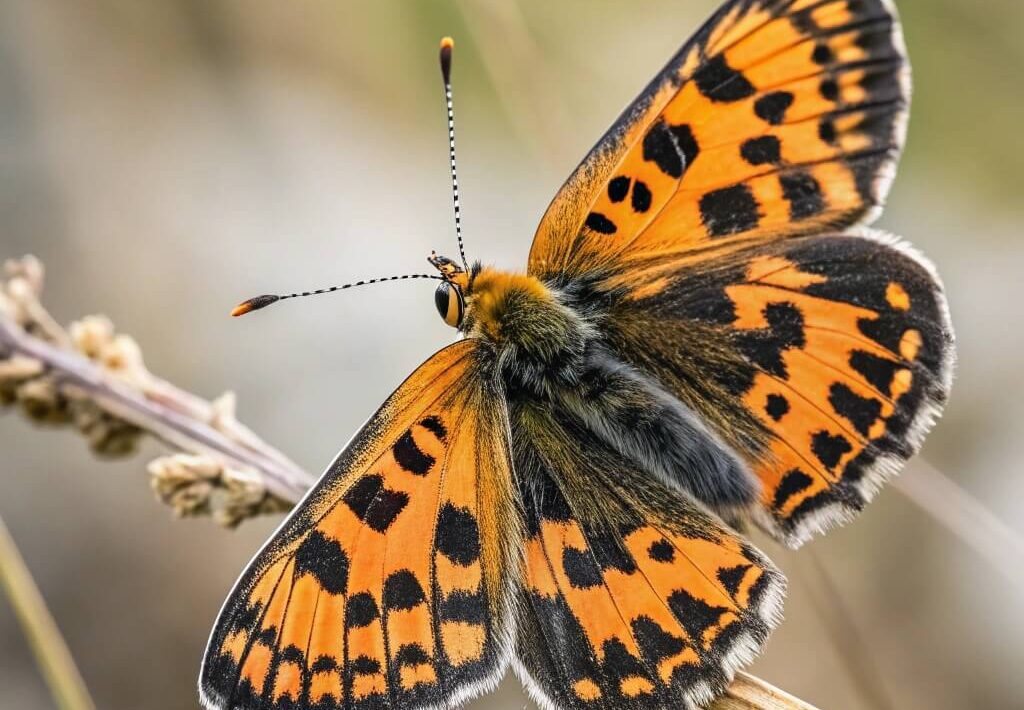
Warm chocolate coloration with darker specks organized like icing embellishments. Gingerbread bugs resemble someone miniaturizing Christmas sweets and giving them legs. They’re decomposers, dwelling in decaying logs and helping the woods recycle dead wood.
Found a complete family of these in an old stump on a hiking trip. They’re helpful insects performing crucial environmental work, but their cookie-like appearance makes them irresistibly appealing.
12- Ice Cream Cone Fly – Triangular Treat (Rivellia)
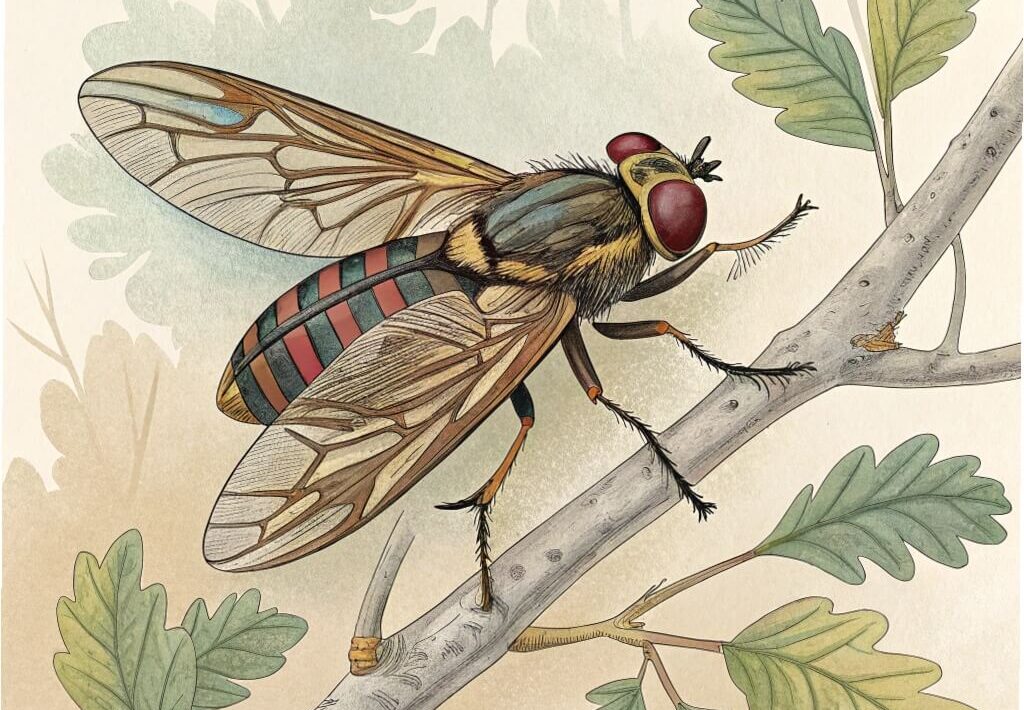
These flies have an absurd body shape. Triangular and pale, they resemble soft-serve ice cream cones when viewed from the side. Primarily found in tropical environments, they feed on decomposing organic matter.
They’re essential decomposers, but their comical look makes them considerably more attractive than conventional flies. Hard to be freaked out by something that looks like dessert.
13- Pretzel Beetle – Twisted Body (Uloma)
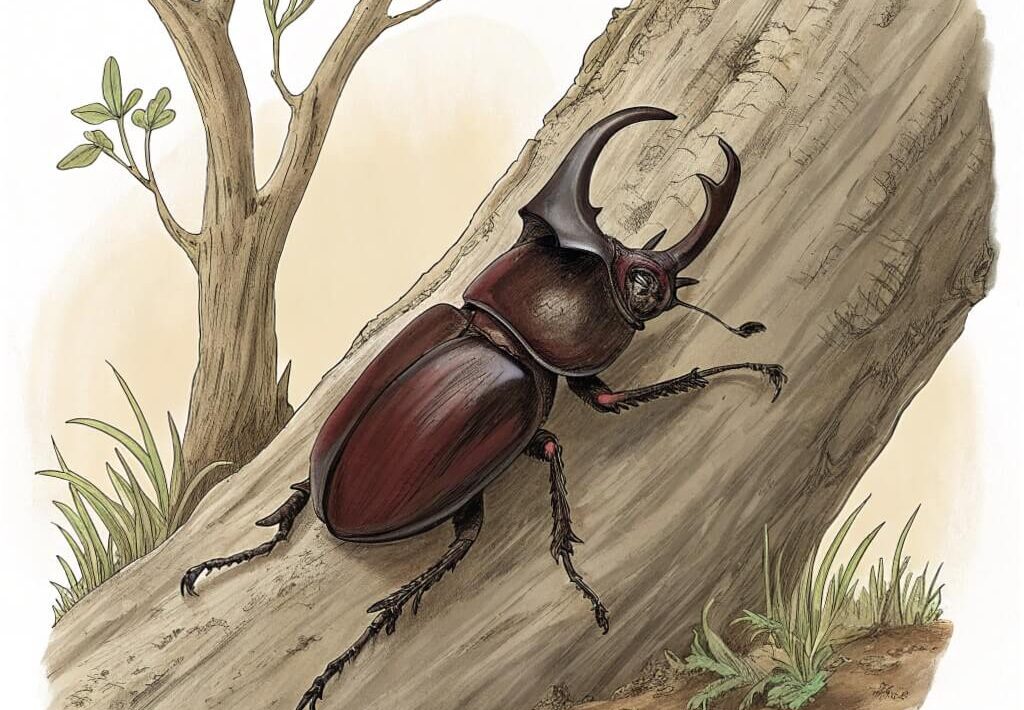
The curled position of pretzel beetles is remarkable. They genuinely look like little twisted pretzels slithering around. These nocturnal beetles hide beneath the bark during the day and emerge at night to feast on fungi.
Their pretzel form isn’t just for show – it lets them slip into exceedingly narrow crevices between bark layers. Form follows function, with a side of snack food likeness.
14- Jelly Bean Weevil – Colorful Pest (Bruchus pisorum)
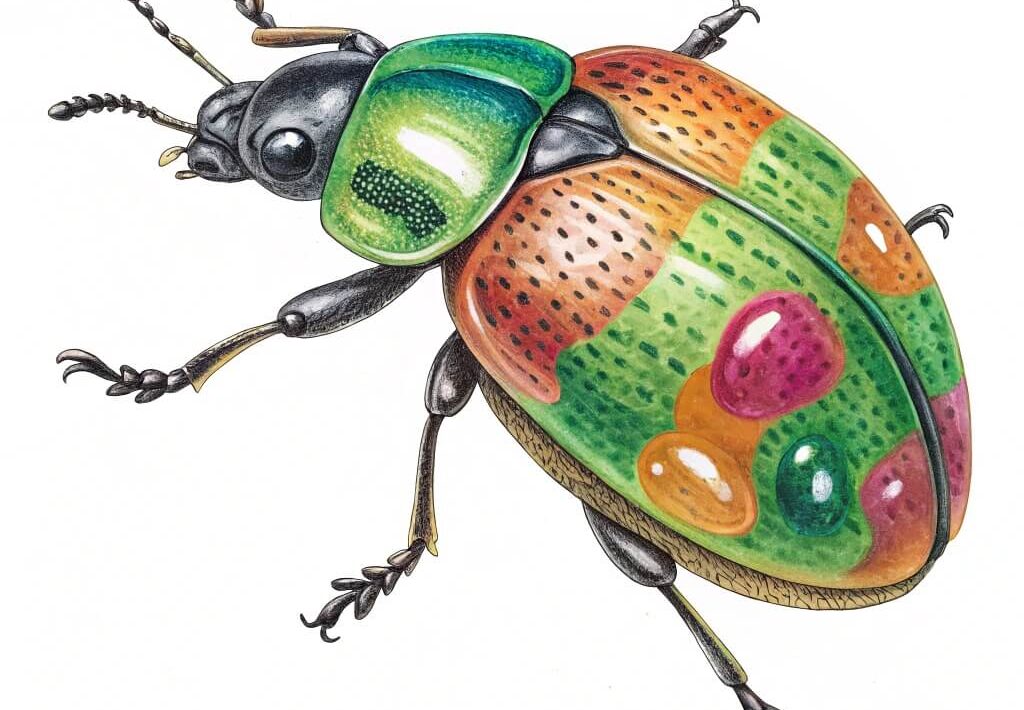
Round, multicolored, and diverse like true jelly beans. Different species come in various colors, including green, brown, black, and combinations. They grow within peas and beans, which makes them agricultural pests despite their lovely appearance.
These weevils may drastically impair crop production, yet their jelly bean likeness makes them almost too adorable to dislike. Almost.
15- Cotton Candy Mite – Microscopic Fluff (Tyrophagus putrescentiae)
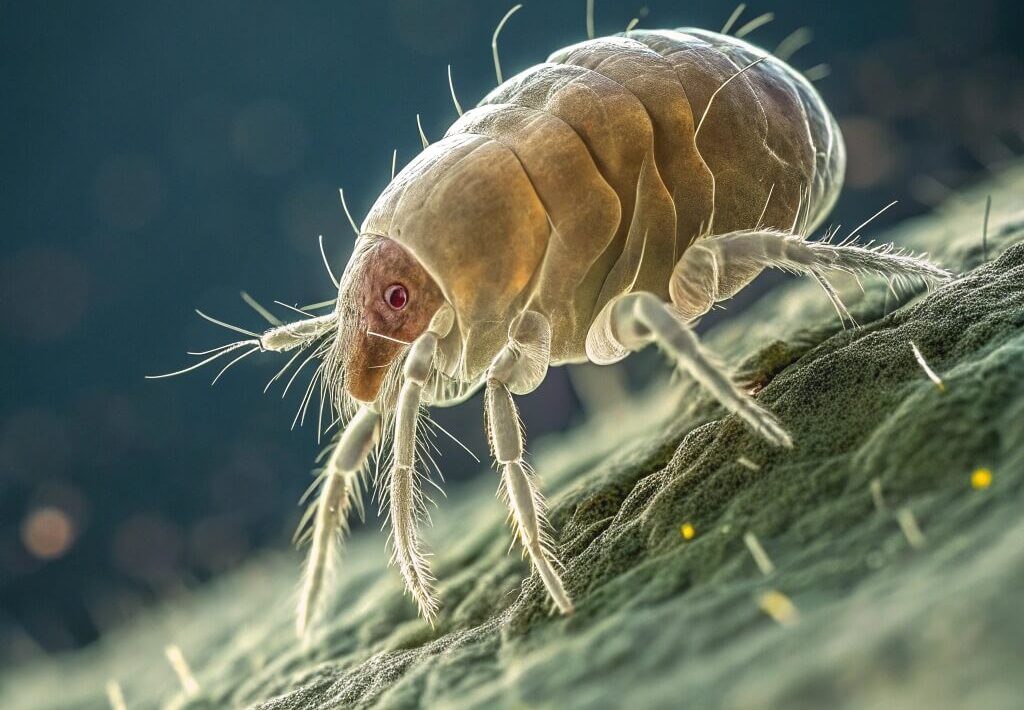
Technically not an insect, yet too perfect to omit. Cotton candy mites are so small and fluffy-looking that they resemble minuscule particles of spun sugar. They infest stored commodities, such as wheat and cereal.
You need a microscope to detect individual mites, but when they assemble in large numbers, they form a wonderful, cotton-like texture. Fascinating and disturbing in equal measure.
Why These Names Actually Matter
Memorable names have a significant influence on how people perceive insects. Nobody cares about “Coleoptera species #247,” but everyone remembers the bacon bug. These food-inspired names make entomology accessible to the average person who may otherwise disregard insect studies entirely.
Scientists have worked out that relatability boosts interest. Give something a name people can relate to, and suddenly, they care about conservation efforts. Pretty excellent approach, frankly.
Spotting Food Bugs in the Wild
Most of these insects live typical bug lives despite their menu-worthy titles. Garden pests, such as pickleworms, appear in vegetable patches. Forest species demand more searching but reward diligent viewers.
Your best bet is studying their favorite environments. Bacon bugs enjoy tree bark. Pizza bugs hang out in mushrooms. Butterscotch bumble bees explore flowers during warm afternoons.
Just remember – observe respectfully. These organisms play vital roles in the environment, whether by pollinating plants, breaking down organic materials, or feeding other animals. Their goofy titles don’t minimize their environmental relevance.
The Future of Food-Named Bugs
As researchers uncover new species, imaginative naming practices continue spreading. Social media has a significant impact on contemporary scientists, more than you might anticipate. Don’t be surprised if future bugs are named after popular TikTok cuisines or trending restaurant dishes.
This name development helps bridge the gap between academic research and general attention. When people remember and connect to insect names, they’re more inclined to support conservation funds and environmental protection measures.
Final Thoughts
These delightfully named insects illustrate that science doesn’t require stuffiness to be genuine. Food-inspired insect names make entomology enjoyable and accessible for everyone, from kindergarten children to interested adults.
Next time you’re gardening or hiking, keep an eye out for these menu-worthy critters. You could spy a chocolate chip cookie moth or unearth a family of gingerbread bugs. Just remember that despite their tempting titles, admiration works best from a respectable distance.
The insect world’s sense of humor tells us that nature remains perpetually unexpected. Sometimes the most excellent way to appreciate biodiversity includes a grin, a giggle, and maybe a faint longing for your favorite food.

